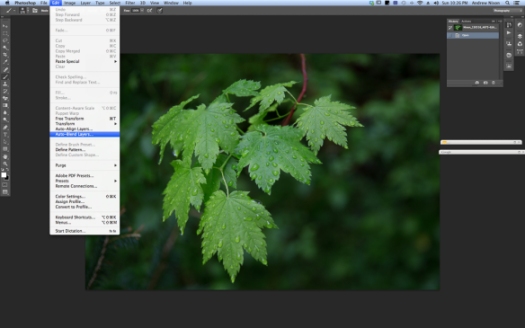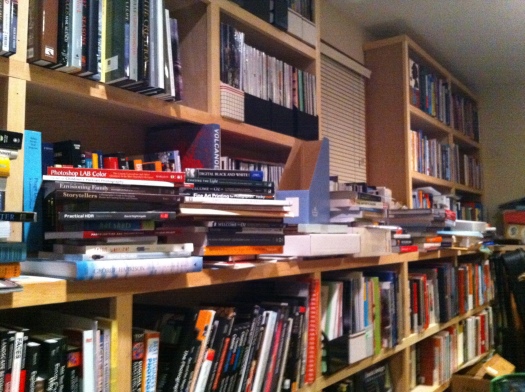One of the things that I continue to struggle with is ‘why do I photograph’?
There are of course many reasons to photograph, having your photography being in service of something larger is awesome, being able to tell stories with your images and to capture a moment in history is clearly important. Doug Eng is someone who does this incredibly well.
Doug is a Florida native with a background in structural engineering and software programming who works in both the natural and urban landscape. In fact some of his projects have involved bringing the natural landscape into the urban environment.
For an example of this work check out the ‘Beyond the Facade’ project where Doug installed huge prints on the east facade of the old Barnett Bank building. The behind the scenes section (click here) gives a fascinating look at how art on this scale is created and handled.
I was fortunate to recently hear Doug present his project ‘On Fertile Ground’ which captured images of the last property of his family’s truck farm providing a record of his family’s successes for future generations. I was profoundly impacted by these photographs, they made me really feel that the farm stopped while the world moved on.
I came out of Doug’s presentation thinking that everyone with a camera, which means almost all of us now, should spend some time documenting their family history.
‘On Fertile Ground’ is currently on show until December 5 th, 2014 at the Lufrano Intercultural Gallery. Check out the video of Doug describing this project below.

















